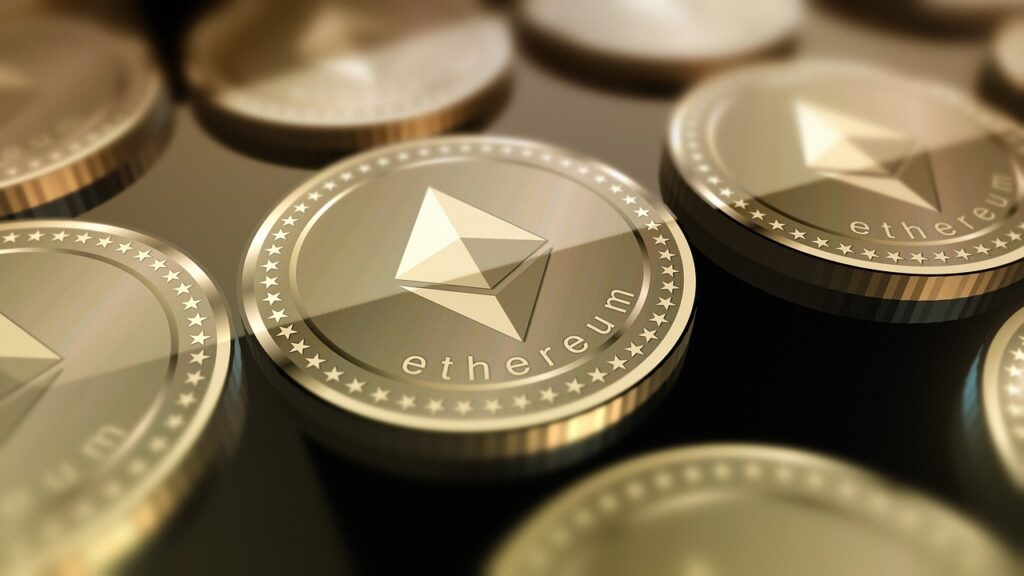Ethereum is a decentralized, open-source blockchain network that allows developers to build and deploy decentralized applications (dApps) and smart contracts. It is the second-largest cryptocurrency by market capitalization, after Bitcoin. Ethereum was created by Vitalik Buterin, a Russian-Canadian programmer, in 2013 and launched in 2015.
The Ethereum network uses its native cryptocurrency called Ether (ETH) as the fuel for transactions and for payment of fees to use the network. ETH is used to incentivize miners to process transactions and to pay for smart contract executions. The Ethereum network has its own programming language called Solidity, which is used to write smart contracts that can be executed on the network.
One of the main differences between Ethereum and Bitcoin is that Bitcoin was designed primarily as a digital currency, while Ethereum was created as a platform for building decentralized applications. This means that while Bitcoin can be used to send and receive digital currency, Ethereum can be used to build decentralized applications that can run on the blockchain.
Smart contracts are self-executing contracts that are written in code and exist on the Ethereum blockchain. They allow developers to create decentralized applications that can operate autonomously without any intermediaries. Smart contracts can be used for a variety of purposes, such as creating digital identities, managing supply chains, or creating decentralized finance (DeFi) applications.
DeFi is a fast-growing sector within the cryptocurrency industry that aims to create decentralized financial systems that operate on the blockchain. DeFi applications are built on top of the Ethereum network and allow users to borrow, lend, trade, and invest in a decentralized manner. Some popular DeFi applications include Uniswap, Aave, and Compound.
Ethereum is also used as a fundraising tool through initial coin offerings (ICOs). ICOs are a type of crowdfunding that allows startups to raise funds by selling tokens that can be used within their decentralized applications. ICOs exploded in popularity in 2017 and 2018, with some startups raising hundreds of millions of dollars in a matter of minutes.
However, ICOs have been criticized for being a breeding ground for scams and fraudulent activities. In response, the Ethereum community has shifted towards a more regulated approach to token sales, with many projects opting for a security token offering (STO) instead of an ICO.
Ethereum has faced several technical challenges over the years, including scalability issues and high gas fees. The Ethereum network is currently capable of processing around 15 transactions per second, compared to Visa’s network, which can process up to 24,000 transactions per second. High gas fees, which are the fees paid to miners to process transactions, have also been a problem for users.
To address these issues, the Ethereum community has been working on several solutions, including Ethereum 2.0 and layer-two scaling solutions. Ethereum 2.0 is a major upgrade to the network that aims to improve scalability and reduce gas fees by transitioning from a proof-of-work (PoW) consensus algorithm to a proof-of-stake (PoS) algorithm. Layer-two scaling solutions, such as the Ethereum Improvement Proposal (EIP)-1559 and Optimism, aim to increase the network’s capacity by processing transactions off the main Ethereum chain.
In conclusion, Ethereum is a decentralized blockchain network that allows developers to build and deploy decentralized applications and smart contracts. It is the second-largest cryptocurrency by market capitalization and is used for a variety of purposes, including DeFi and fundraising through ICOs and STOs. While Ethereum has faced technical challenges, the community is actively working on solutions to improve scalability and reduce gas fees.






